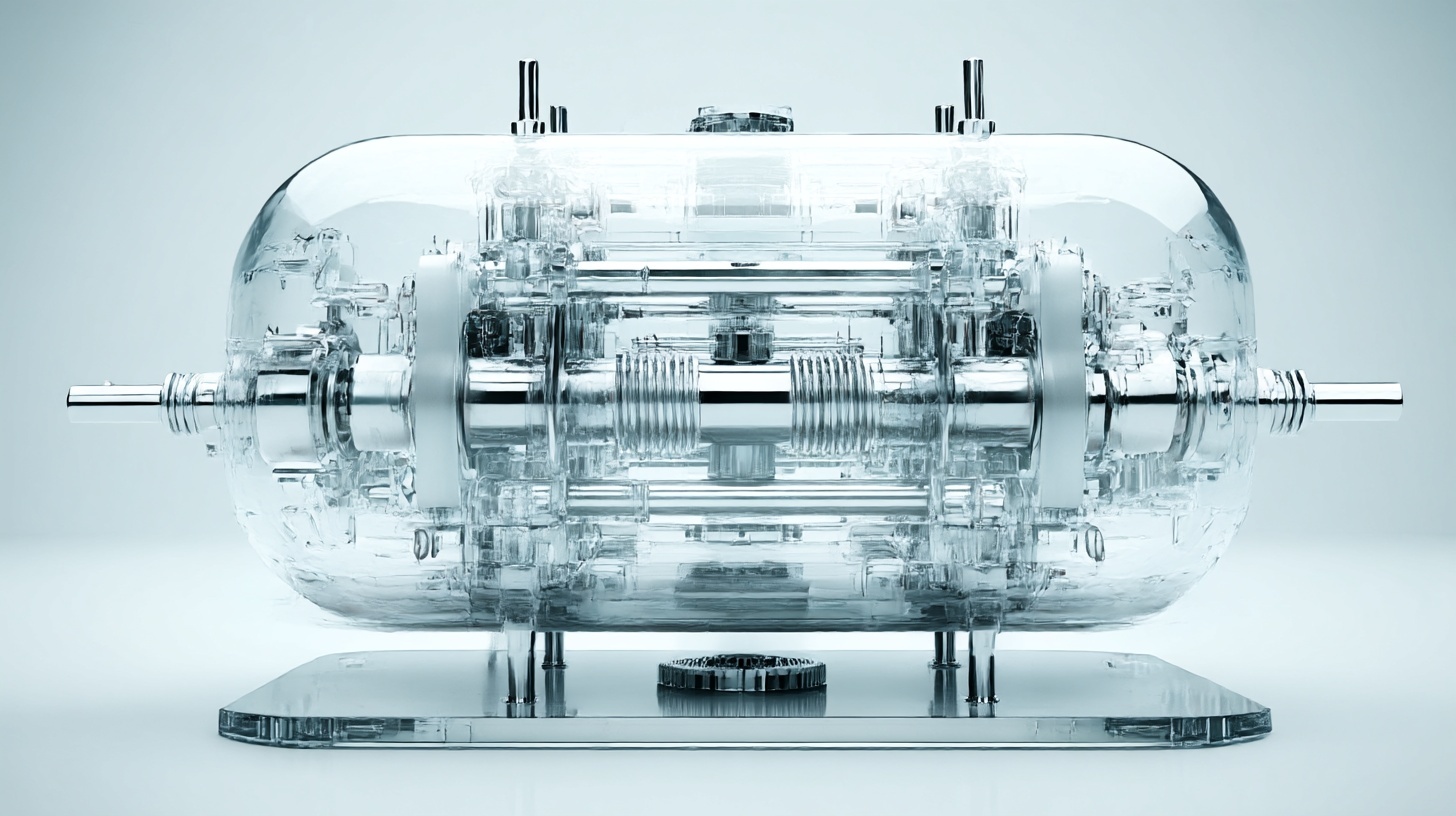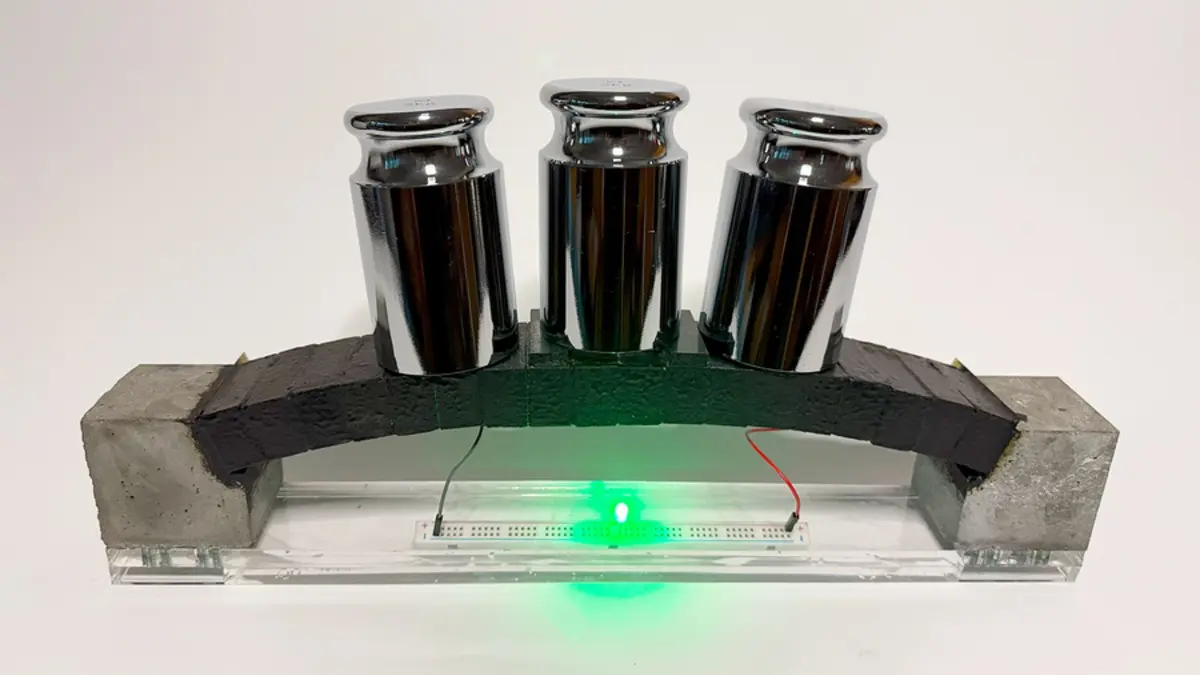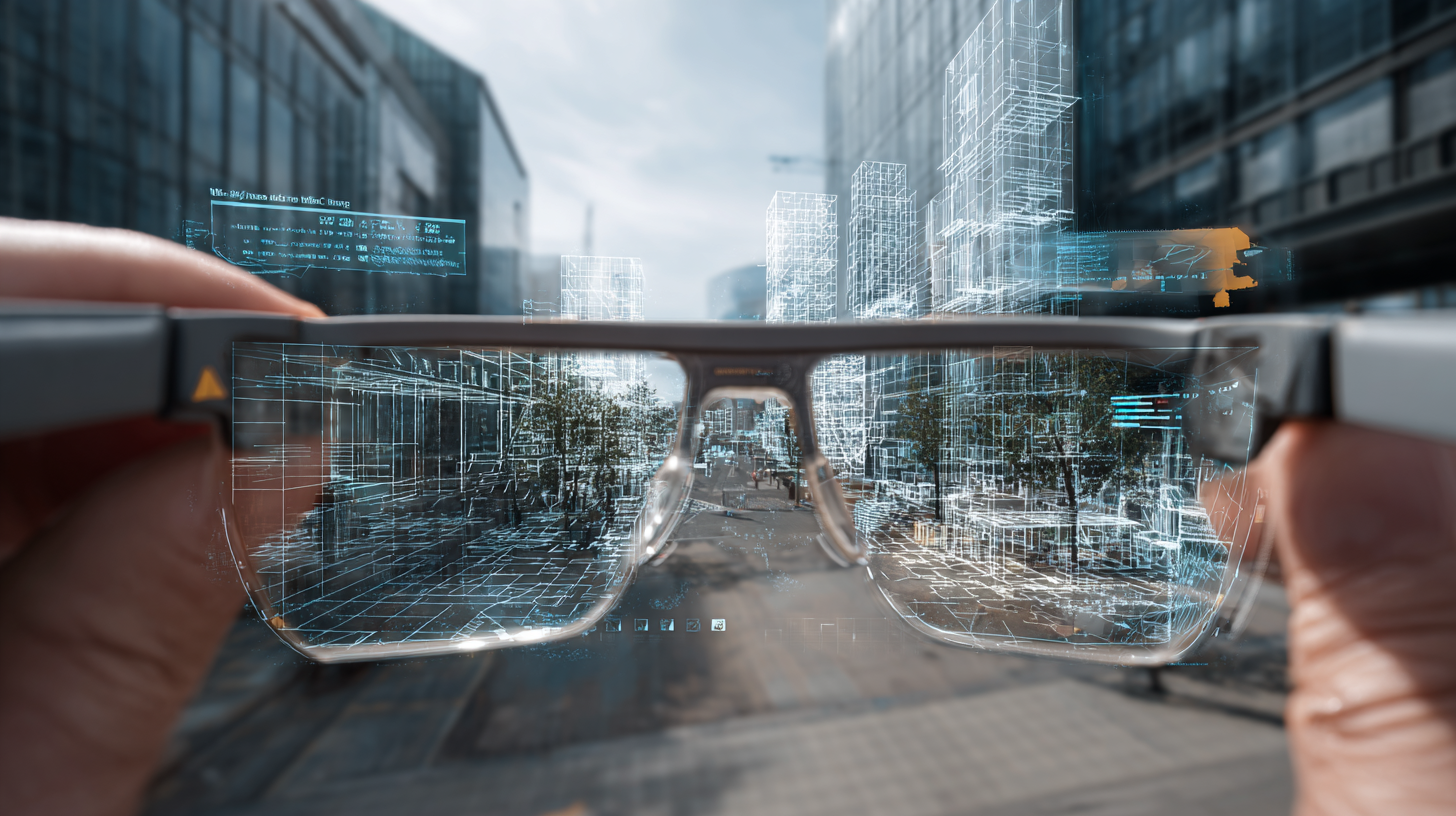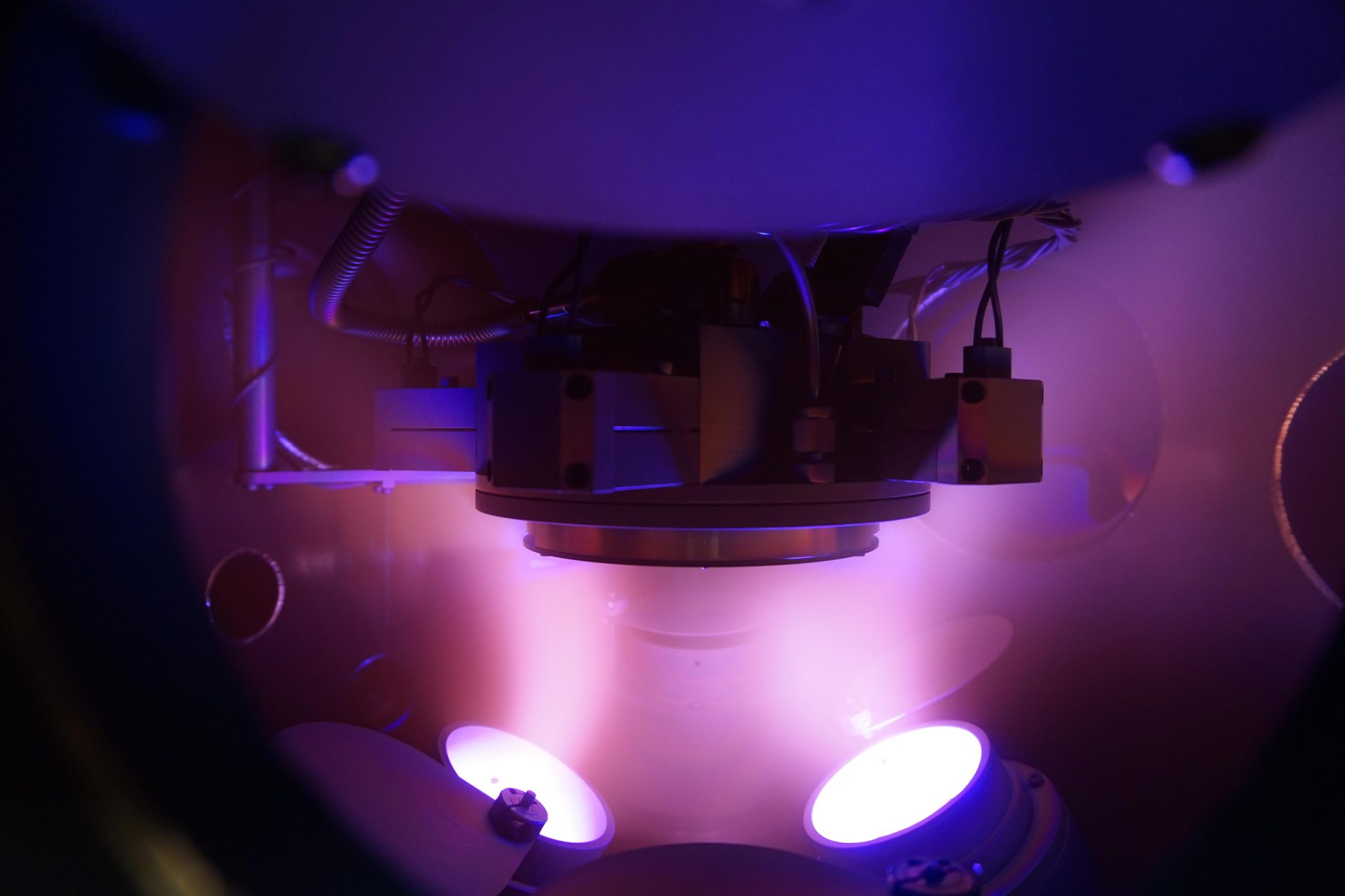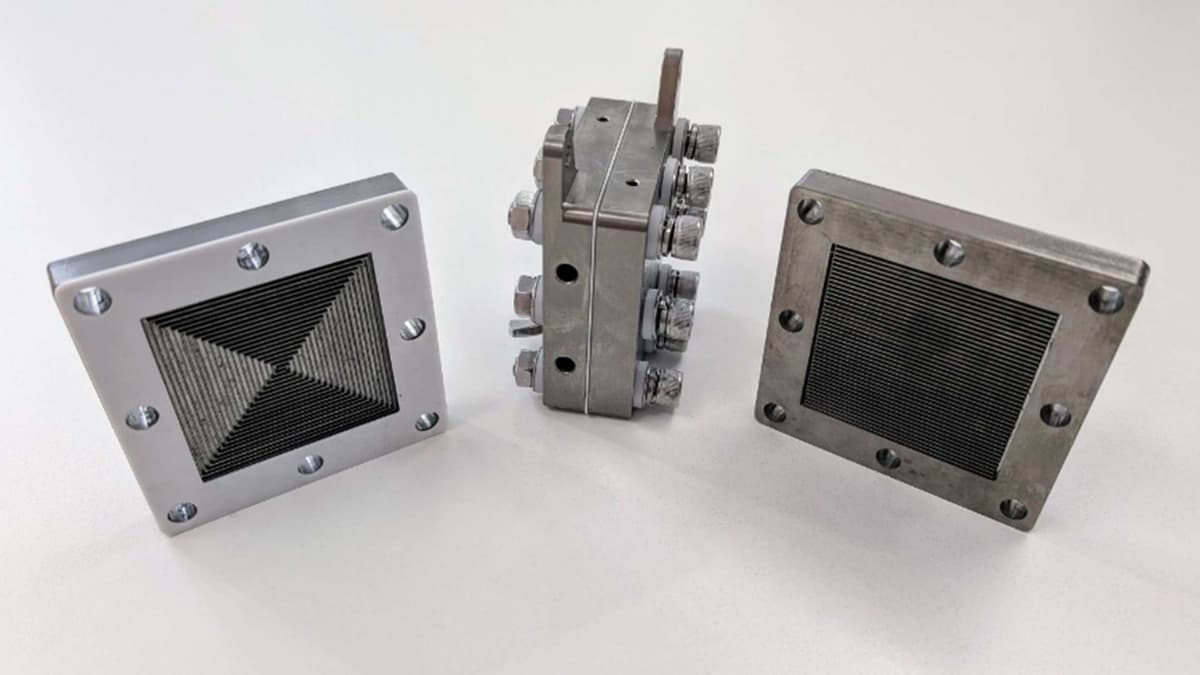By Futurist Thomas Frey
In 2025, a small capsule changed the course of medicine. Researchers at École Polytechnique Fédérale de Lausanne (EPFL) unveiled a swallowable bioprinter—small enough to pass through the gastrointestinal tract, guided by external magnets and triggered by a near-infrared laser—to deposit living bio-ink directly onto internal tissue damage. They call it MEDS (Magnetic Endoluminal Deposition System). This device doesn’t just deliver medicine—it prints living scaffolds where the body is broken, redefining what “non-invasive” means.
We tend to view surgery, stents, pills or drug infusions as the high point of modern intervention. But what if the next frontier isn’t cutting or injecting—but printing inside you?
Continue reading… “The Pill That Prints: How Internal Bioprinters Are Rewriting Medical Reality”
